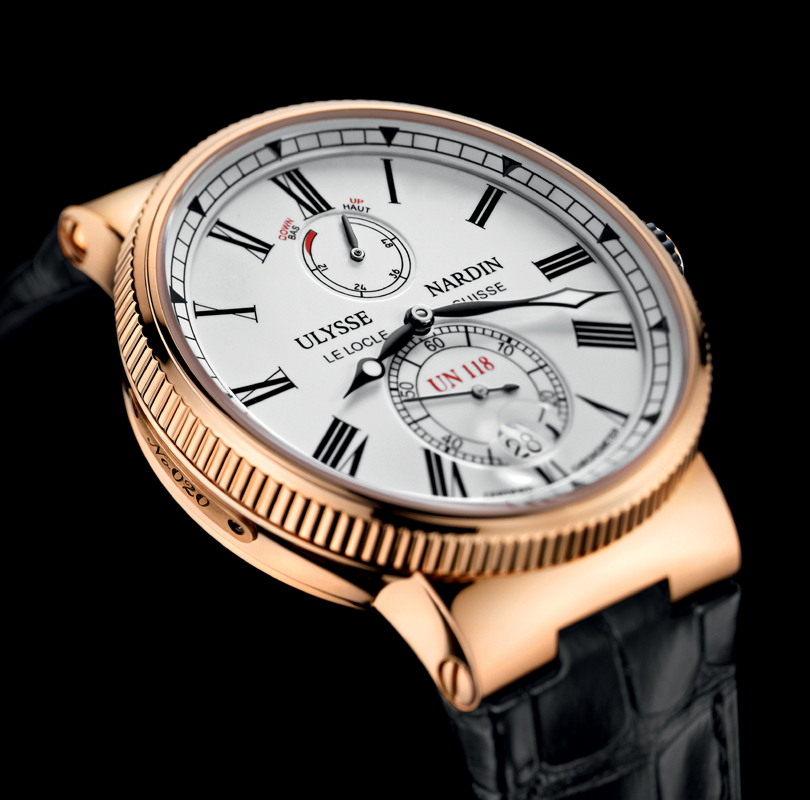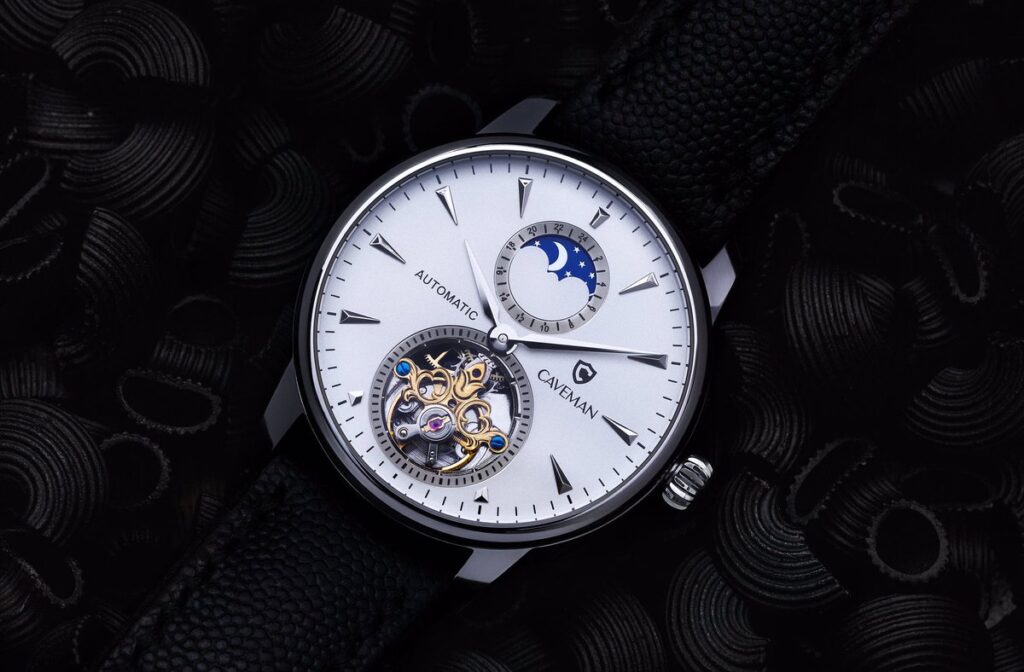Watch Hands in Ads
In direct advertising, the watch dial is the first defense in brand building for watch companies. Whether they’re presenting images indoors, outdoors, on a model, or in a lighted studio, time-oriented brands are also detail-oriented in what you’re seeing in their product. A particularly trendy detail in these advertisements can be pretty easy to gloss over—the positioning of the watch hands. Although there are a few other common industry practices in watch advertising, this aspect of promoting the façade de montre is fairly standardized.
However, how this standard was reached has a history of its own—ripe with curiosity and speculation to boot.
As it stands, the most common and widely utilized hand position is “10:10” in watch adverts. There are a few practical reasons for this. First, this hand position frees up the inscriptions at either the 12-o-clock or 6-o-clock position. This is important in highlighting the brand name and style of movement. Secondly, the positioning of the hands in this fashion frames the brand name on the dial. Framing the brand name as such stacks with the reasoning behind freeing up the logo in the first place—it causes the company name to shine among whatever features are also on the dial. Thirdly (speaking of said features), this hand position frees up room to view the date window—as well as any sub-dials on the watch. The sub-dials are commonly featured beneath the 3-o-clock and 9-o-clock positions, and above the 12-o-clock position (as it were). Furthermore, the date window on a wristwatch is commonly featured at the 3-o-clock or 12-o-clock position.

There are also reasons of a psychological nature behind the 10:10 hand position. It is considered by many as an implied smile on the dial. This more subconscious influence of the hand position is tied to the general history of watch advertising. Retrospectively, back in the 1920’s and 1930’s—when the wristwatch was gaining increased popularity—the commonplace hand position was “8:20”. Though symmetrically similar to 10:10, this inverted hand position features the minute and hour hand facing down. Much akin to 10:10, the 8:20 hand position also allowed for freed-up inscriptions and sub-dials on the face of the watch. However—because of the downward facing hands—many advertising gurus in the mid 20th century began suggesting a move toward turning the “frown upside down”. From that point onward, the common practice was to move the hands to the top of the dial. A big player in this change in advertising being Rolex, respectively.
Depending on the watch’s design, the hands may end up in a different position than 10:10. These exceptions tend to appear when creative watch companies attempt reinventing the wheel by designing non-traditional dials. Furthermore, there are minor tweaks made by some companies to the hand position for their own branding purposes. Two major companies that do this are Rolex and Apple. Both companies move their minute hand one minute away from the 10:10 position. With Rolex, the layout is “10:11:31”—the “31” being the second hand, which is commonly placed the 6-o-clock or 30 second mark. With Apple, all of their watch hands are set at “10:09”. In popular discussion, the motivations and implications of these tweaks are a matter of speculation by horological enthusiasts all over the web/globe. Although there’s nothing certain on the motivations, it’s very likely that the conversations themselves on the “why” of these branding choices are helping to indirectly reinforce the marketing of Rolex and Apple’s products.

In regard to speculation, there are some common myths about the 10:10 hand position in watch advertising. The most spoken of myths regarding this time-of-day suggest that it was the time at which JFK, Martin Luther King Jr., and Abraham Lincoln were assassinated. It is also suggested that it was the exact time that the first nuclear bomb test was fired by the U.S. government. Although these myths (and more) make for a fun story, there is no evidence to substantiate them. In fact, there’s plenty of evidence to refute these claims through a quick and simple google search.
Myths aside, the 10:10 hand position is—at face value—just a carefully thought out way to more easily advertise watches. Aside from speculation, the history of this advertising tactic has a unique status/history in the world of timekeeping. So, the next time you’re watching out for a watch ad—keep an eye on the time. If you see a deviation from the 10:10 position on the advertised watch—take note. It could mean a new trend in wristwatch design and advertising.
Times Ticking has been in operation for more than 30 years, since 1982. We have performed watch repair for customers both locally and internationally. If it Ticks! We KNOW it! Our team of watch repair technicians have a combined experience in watchmaking of over 120 years.

